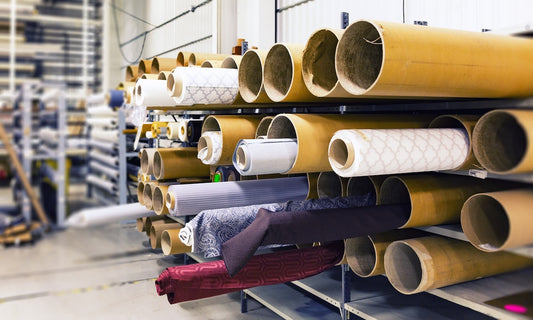Regarding home cooling solutions, ceiling fans are a popular choice worldwide. They provide a consistent and comfortable breeze during hot summers and can aid in heating during the winter. However, a concern often arises is how much electricity does a ceiling fans consume. Do they result in skyrocketing electricity bills? Let's delve into the details.
Ceiling Fans' Power Consumption
The electricity usage of ceiling fans depends primarily on their size, motor type, and usage duration. In September 2021, a typical ceiling fan used between 15 and 75 watts, not including lights. Box fans typically use around 100 watts on their highest setting. The lower end of this range is for more efficient models or when the fan is on its lower speed settings. The higher end reflects larger, less efficient fans or those on the highest speed settings.
The higher end reflects larger, less efficient fans or those on the highest speed settings.
For instance, if we consider an average ceiling fan that consumes around 60 watts of electricity per hour, and if this fan runs for 12 hours a day, it would consume 720 watt-hours or 0.72 kilowatt-hours (kWh) per day. Given the average electricity cost in the United States in 2021 was about 13.19 cents per kWh, running this ceiling fan would cost to run about 9.5 cents per day or about $2.85 per month.
Comparing Ceiling Fans with Air Conditioners
Comparatively, central air conditioning units use significantly more energy, ranging from 2000 to 5000 watts per hour. Portable or window units can use between 500 to 1500 watts. Thus, ceiling fans are considerably more energy-efficient than air conditioning units in terms of energy consumption.
Furthermore, ceiling fans can be effectively paired with air conditioning. By circulating the cool air produced by an air conditioner, a ceiling fan helps create a uniformly comfortable temperature throughout the room, allowing the thermostat to be set higher, ultimately saving on the air conditioning energy bill.
Factors Influencing Energy Consumption
Several factors influence energy consumption :- Fan Size and Speed: Larger fans with higher speed settings will use more electricity.
- Motor Type: There are two types of motors typically used in ceiling fans: A.C. (Alternating Current) and D.C. (Direct Current). D.C. motors are more energy-efficient than their A.C. counterparts.
- Usage: The duration a fan is running directly impacts its energy consumption.
- Lighting: These will increase the fan's energy consumption, especially if the lights are incandescent. LEDs are a more energy-efficient choice for fan lights.
- Efficiency Rating: Look for Energy Star rating. According to the U.S. Environmental Protection Agency, fans with this rating are about 20% more efficient than standard models.
Final Thoughts
While ceiling fans, tower fans, and box fans consume electricity, their consumption is quite low compared to many other household appliances, particularly air conditioning units. When used smartly, they can be an energy-efficient way to supplement your home's cooling and even heating needs.
The actual electricity cost will depend on the specific fan, how much you use it, and your local electricity rates. For those concerned about energy efficiency, selecting an Energy Star-rated fan with a D.C. motor will offer the best performance with the lowest energy usage.


